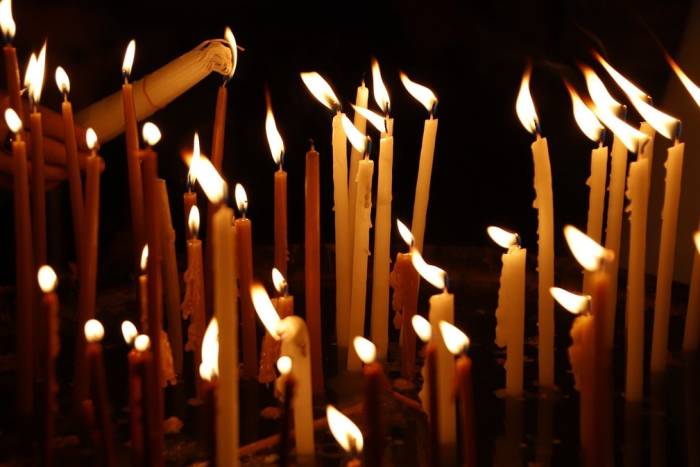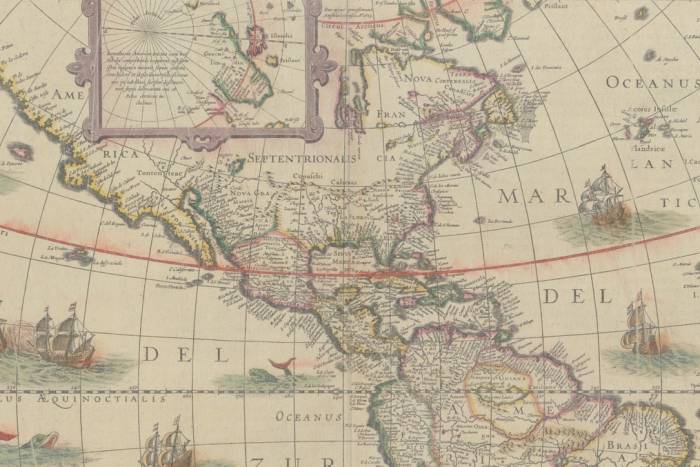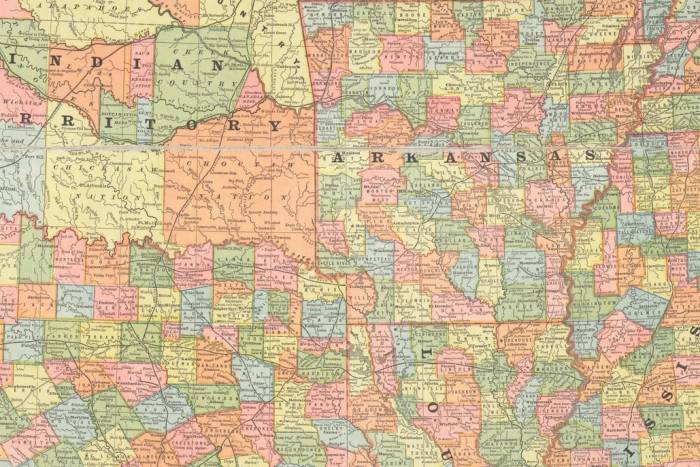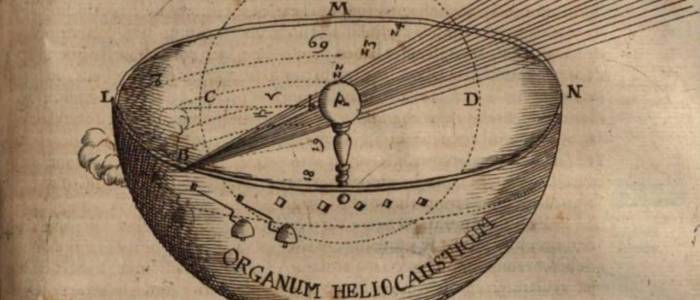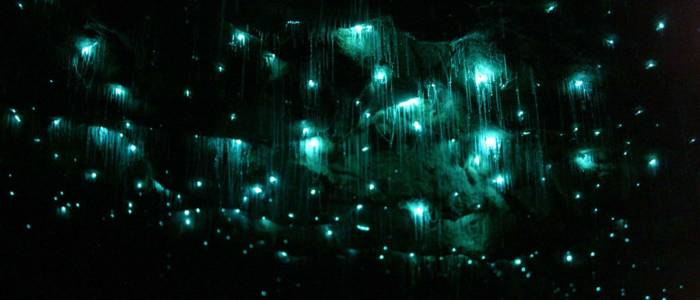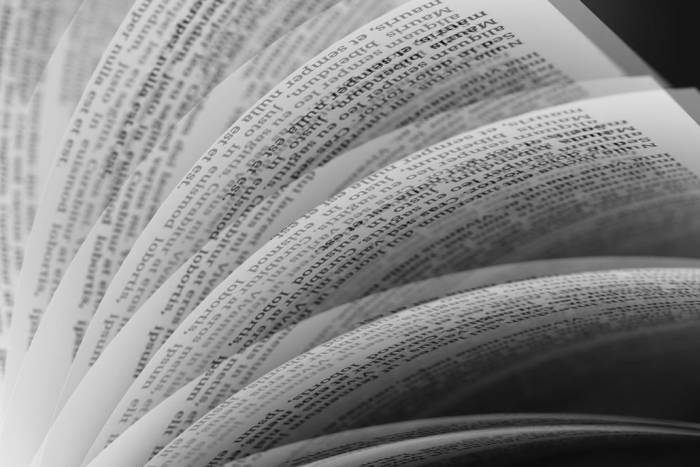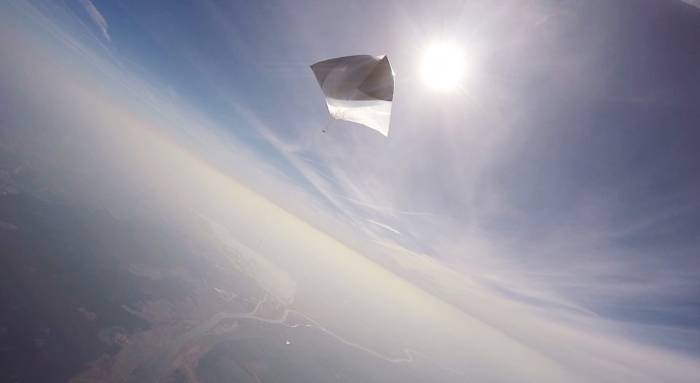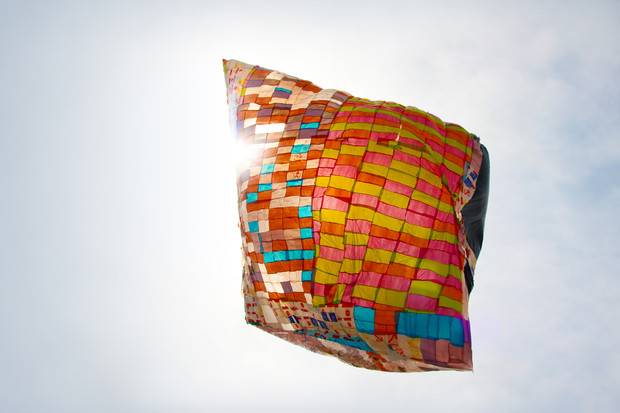Ouroboros, Symbol of Eternal Return
This ancient symbol tells us about the circularity of time, constant in numerous esoteric traditions.
“In my beginning is my end.” This is how “East Coker”, one of the most memorable poems by the great T.S. Eliot begins. Time carries out its progress, the cycle of life and death occurs; we see the landscape change, generations take each other’s place. One day, at the edges of our final breath, we realize that everything was there from the beginning ––that our life has been nothing more than drawing a circle convulsively.
Everything irredeemably returns, that is why man soon found an image to convey this essential concern: it was named Ouroboros, a snake-like animal that, contorted in a circle, devours its own tail. This creature has been present for thousands of years in several cultures; in the Egiptian, for instance —it appears inscribed in the Pyramid of Unas, which dates back to year 2300 B.C. However, this symbol is used most in the art of alchemy, where it represents the cyclical birth and destruction of all things.
In terms of its mythological allusions, we also have several “Ouroborean” episodes. In the tale of Sisyphus, condemned in Tartarus to repeat ad nauseam the absurd task of endlessly rolling a rock to the summit of a mountain, the symbol is represented by this same obsession with circularity, in this case tinged by condemnation. Something similar occurs with the myth of Ixion, who is condemned to spin eternally tied to an enormous wheel, which evidences the unsettling nature of time’s reversibility.
The Ouroboros, its figure, hides numerous mysteries. From an esoteric perspective, for example, it represents the balance of universal forces, the correspondence between good and evil, the constant flow of life that balances us in its pendular movement. While in the teachings of Hermeticism —whose maxim is: “As above, so below; as below, so above” — it irredeemably ties us to the Cosmos’ inexorable processes.
The Ouroboros also shows a special resemblance to Enso, a circular ink stroke habitually practiced by Zen monks. In light of this analogy, it is possible that it is also hiding part of its meaning in the empty space which its body delimits. Exactly as it happens with Enso, Ouroboros seems to seize vacuity with its body with its form, denoting the essential void in every reality, just as Bodhidharma, mythical founder of Zen, promulgated the inexistence of the mind. Ouroboros would become, from this point of view, as that circle described by the Shin Jin Mei: “A circle as a vast space, which does not lack anything, nor does it have too much.”
The circle has always been present in every civilization. Samsara, the cycle of birth, life, death and reincarnation of the Eastern tradition, tends to be pictorially represented as a circle or wheel with a profuse symbology which illustrates the perpetual flow of existence. Everything returns, everything requites, beginning and end are confused, and as we were trapped in the perpetual shape of the circle, we return to the first line of East Coker: “In my beginning is my end.”
Jorge Luis Borges imagined an irresoluble labyrinth which consisted of a straight line. Possibly, Ouroboros represents something similar: our personal human labyrinth stripped of zigzagging corridors, where the only impenetrable mystery would be to find ourselves before we embark on its path.
Related Articles
When ancient rituals became religion
The emergence of religions irreversibly changed the history of humanity. It’s therefore essential to ask when and how did ancient peoples’ rituals become organized systems of thought, each with their
Seven ancient maps of the Americas
A map is not the territory. —Alfred Korzybski Maps are never merely maps. They’re human projections, metaphors in which we find both the geographical and the imaginary. The cases of ghost islands
An artist crochets a perfect skeleton and internal organs
Shanell Papp is a skilled textile and crochet artist. She spent four long months crocheting a life-size skeleton in wool. She then filled it in with the organs of the human body in an act as patient
A musical tribute to maps
A sequence of sounds, rhythms, melodies and silences: music is a most primitive art, the most essential, and the most powerful of all languages. Its capacity is not limited to the (hardly trivial)
The enchantment of 17th-century optics
The sense of sight is perhaps one the imagination’s most prolific masters. That is why humankind has been fascinated and bewitched by optics and their possibilities for centuries. Like the heart, the
Would you found your own micro-nation? These eccentric examples show how easy it can be
Founding a country is, in some ways, a simple task. It is enough to manifest its existence and the motives for creating a new political entity. At least that is what has been demonstrated by the
Wondrous crossings: the galaxy caves of New Zealand
Often, the most extraordinary phenomena are “jealous of themselves” ––and they happen where the human eye cannot enjoy them. However, they can be discovered, and when we do find them we experience a
Think you have strange reading habits? Wait until you've seen how Mcluhan reads
We often forget or neglect to think about the infinite circumstances that are condensed in the acts that we consider habitual. Using a fork to eat, for example, or walking down the street and being
The sky is calling us, a love letter to the cosmos (video)
We once dreamt of open sails and Open seas We once dreamt of new frontiers and New lands Are we still a brave people? We must not forget that the very stars we see nowadays are the same stars and
The sister you always wanted (but made into a crystal chandelier)
Lucas Maassen always wanted to have a sister. And after 36 years he finally procured one, except, as strange as it may sound, in the shape of a chandelier. Maassen, a Dutch designer, asked the

